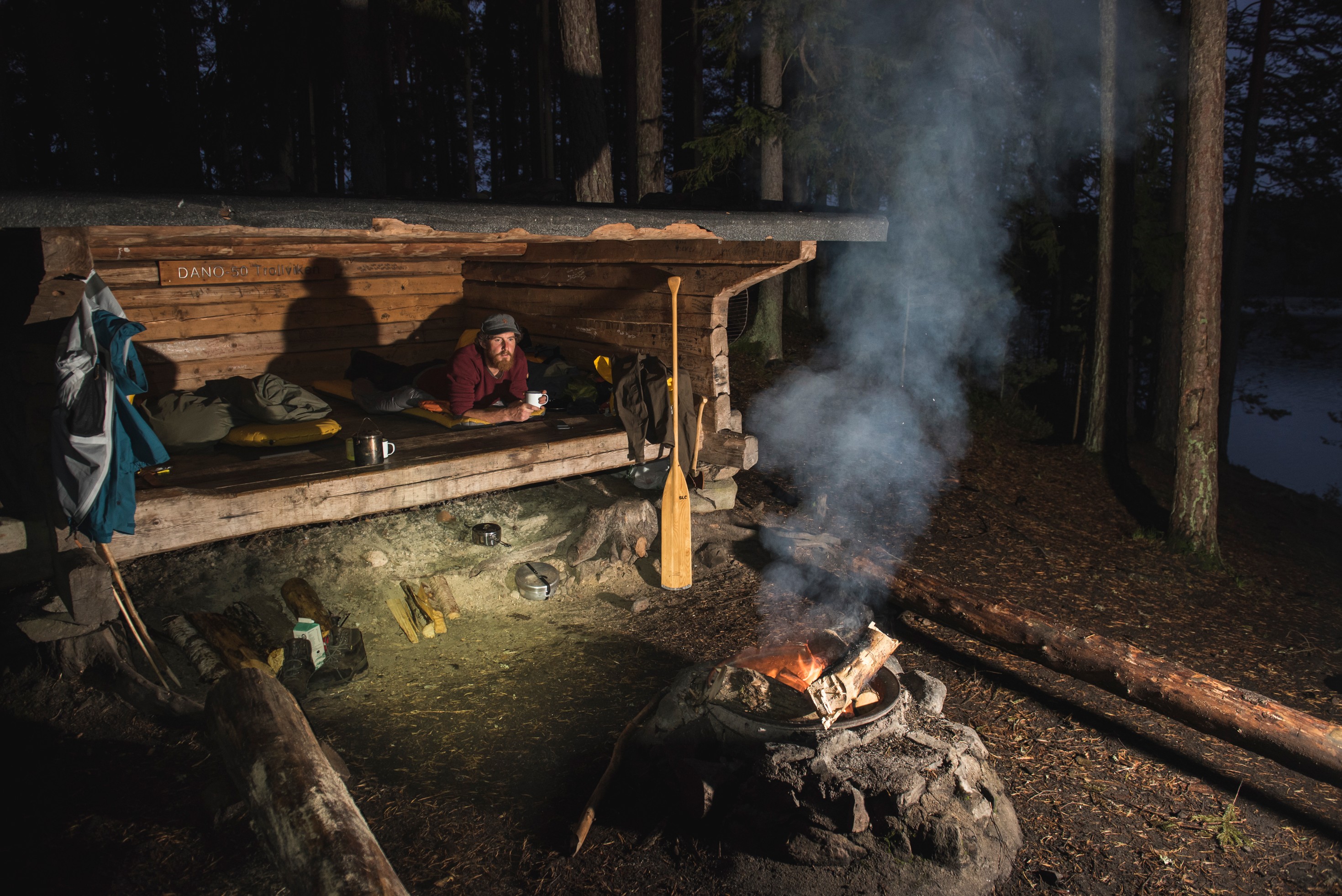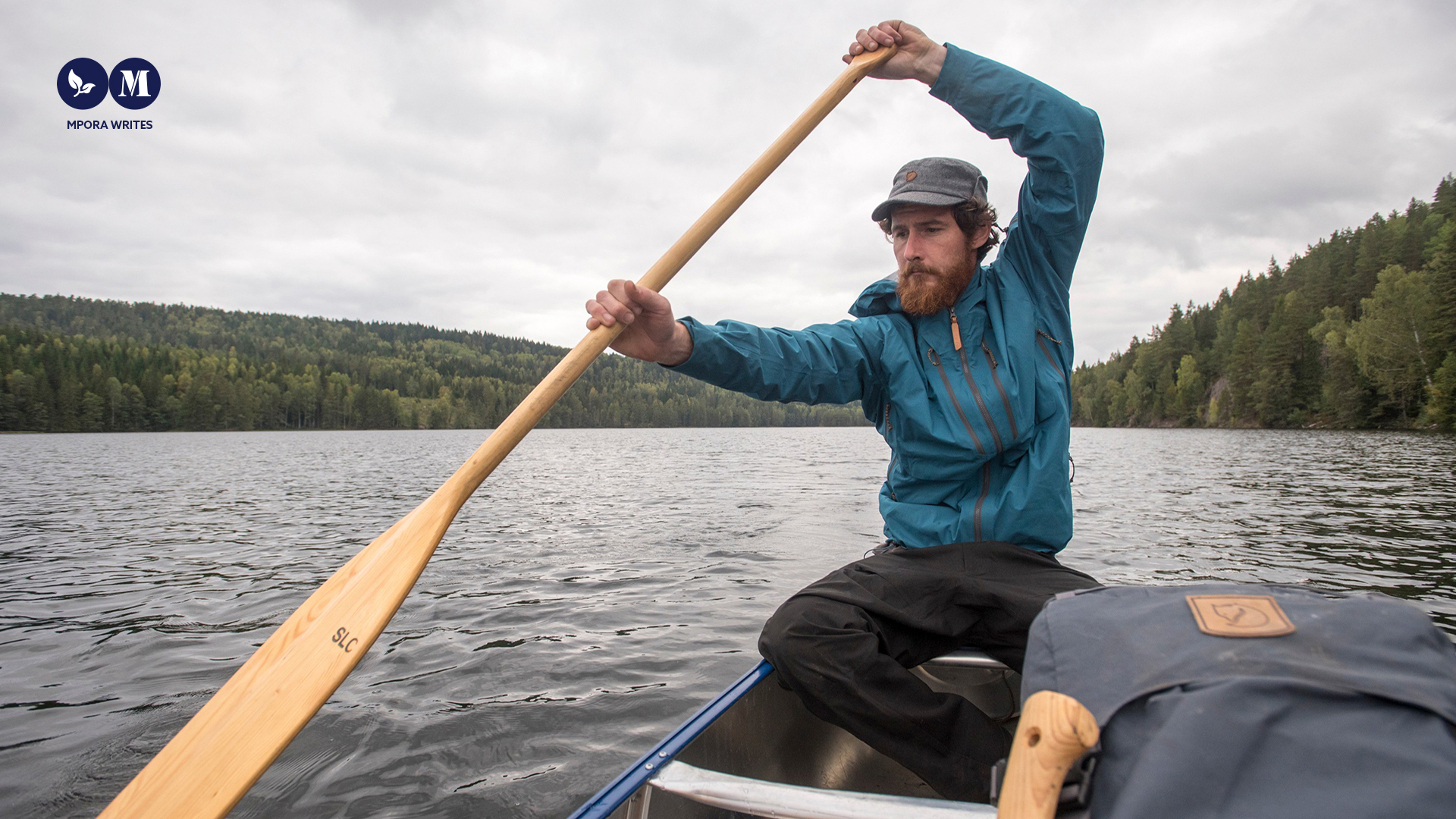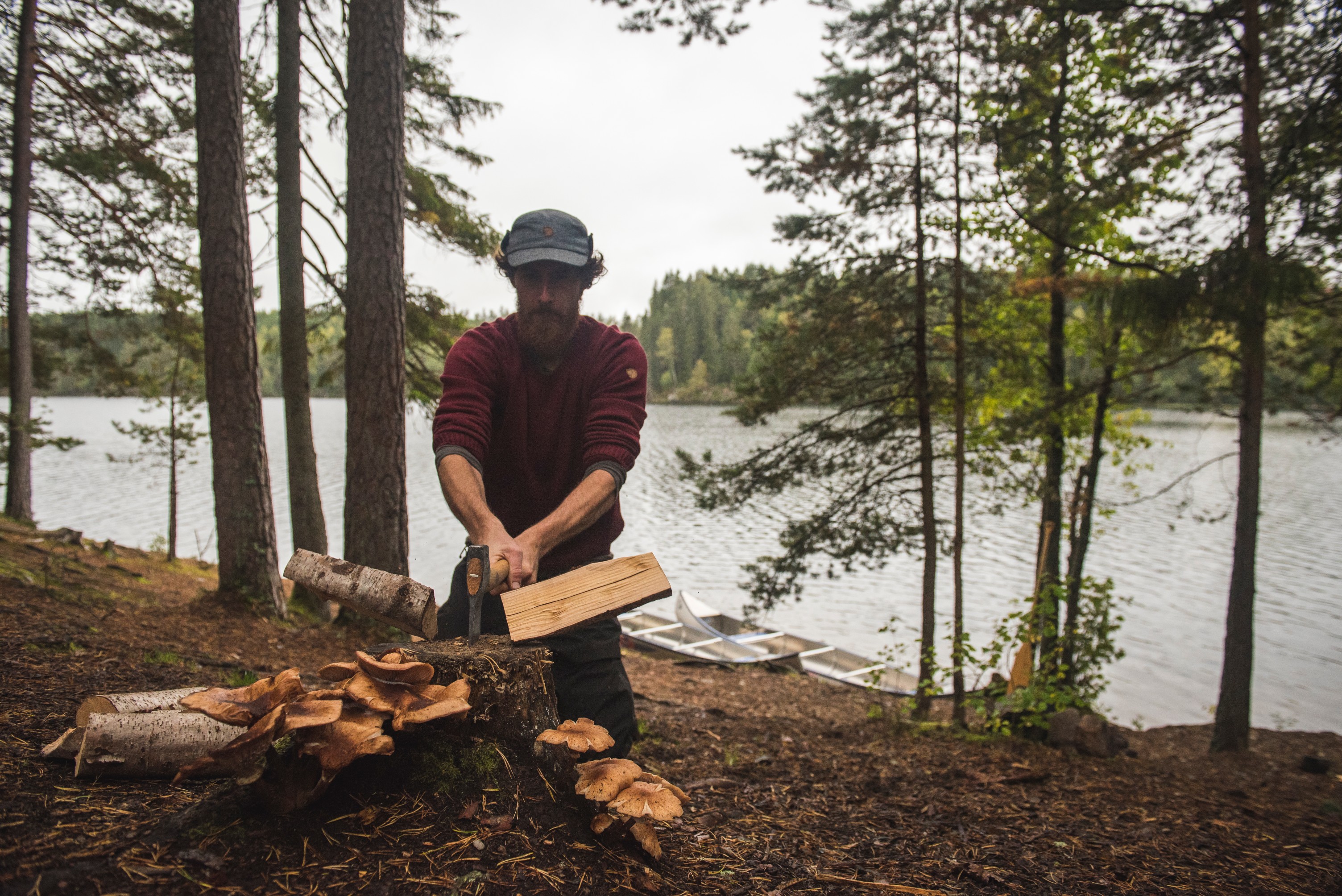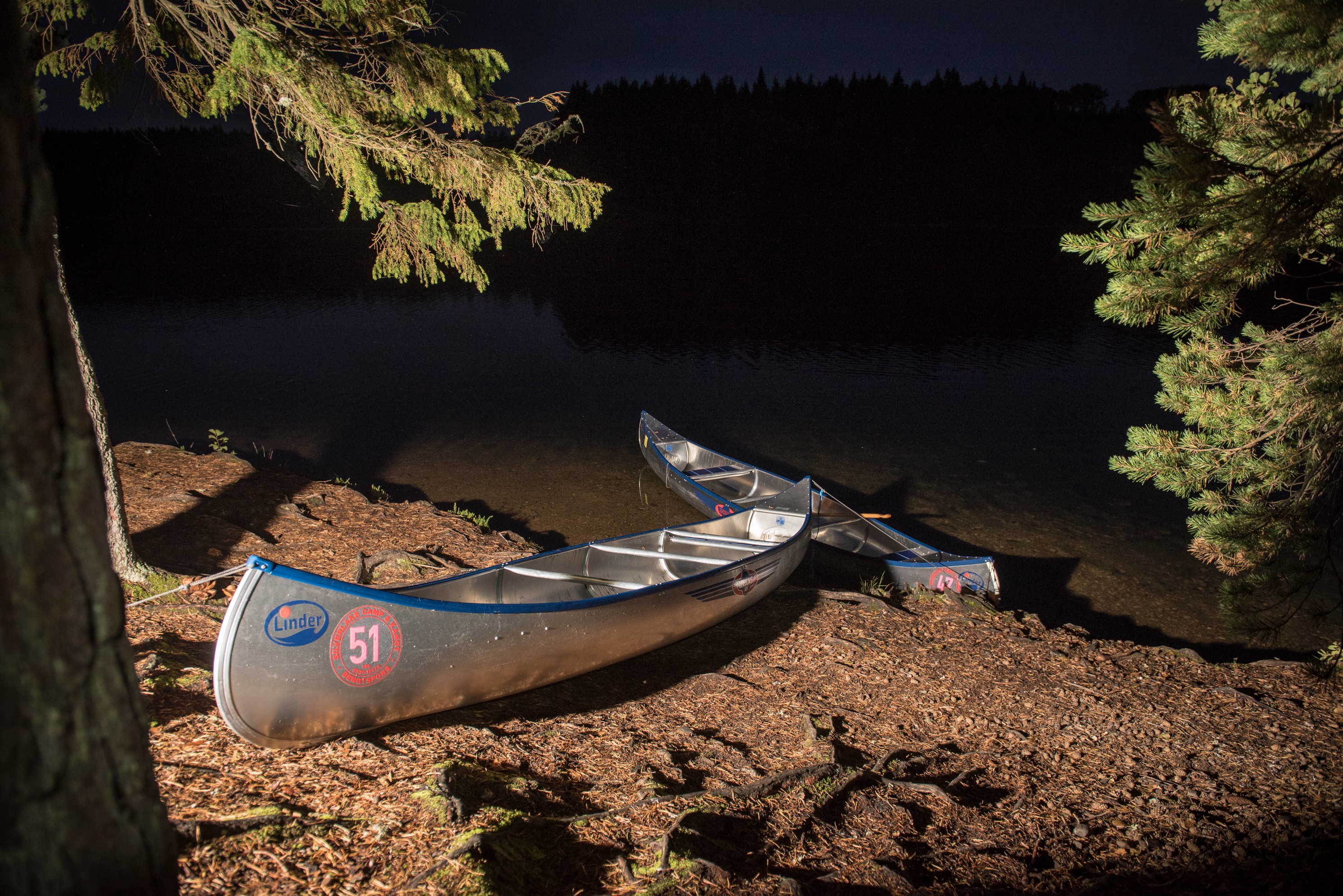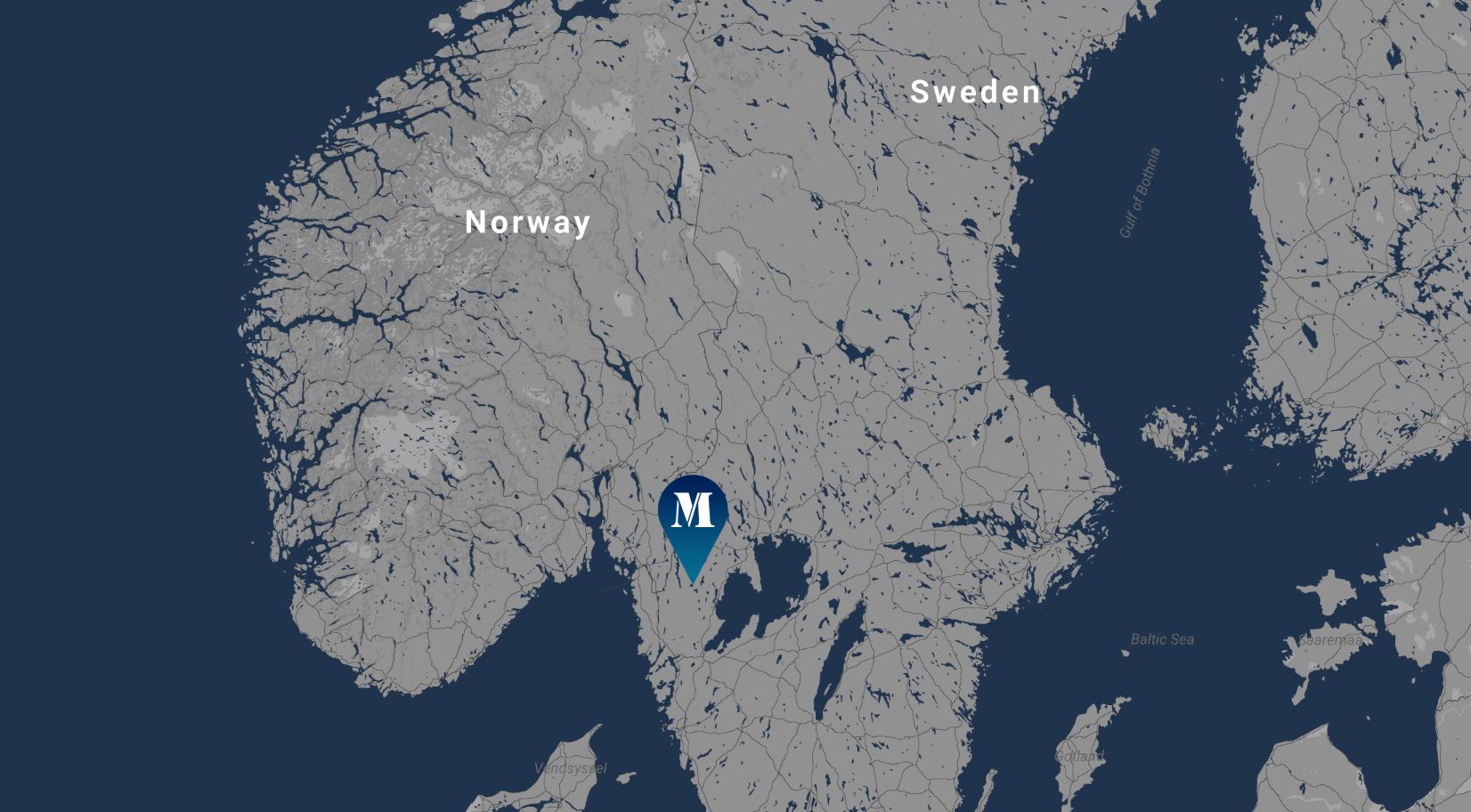Within a couple of hours of arriving in Dalsland – Sweden’s ‘Lake District’ – I learned a profound lesson. After a savagely early alarm call, two flights and a two hour drive from Gothenburg, I was hoping for the luxury of a hotel room before heading into the wilderness the following day.
I hadn’t read my itinerary properly.
As a travel writer – even a grandiosely self-titled ‘adventure travel’ writer – I’d come to expect a certain cosseting from my hosts. So arriving at Silverlake outfitting company as the late-afternoon was already beginning to darken, I was surprised – nay, appalled – to learn there was to be no gentle transition into lakeside life.
“Outdoor life is not a different thing to life in Sweden”
Within 30 minutes of our bleary-eyed arrival we’d loaded canoes onto a trailer, hastily changed clothes in the chilly car park, and were being driven to our first put-in from where we – filmmaker Benn Berkeley and I – would paddle to our first camp. The lake was Svärdlång – Long Sword in Swedish – which runs almost due north for 14 kilometres from near the small town of Bengtsfors.
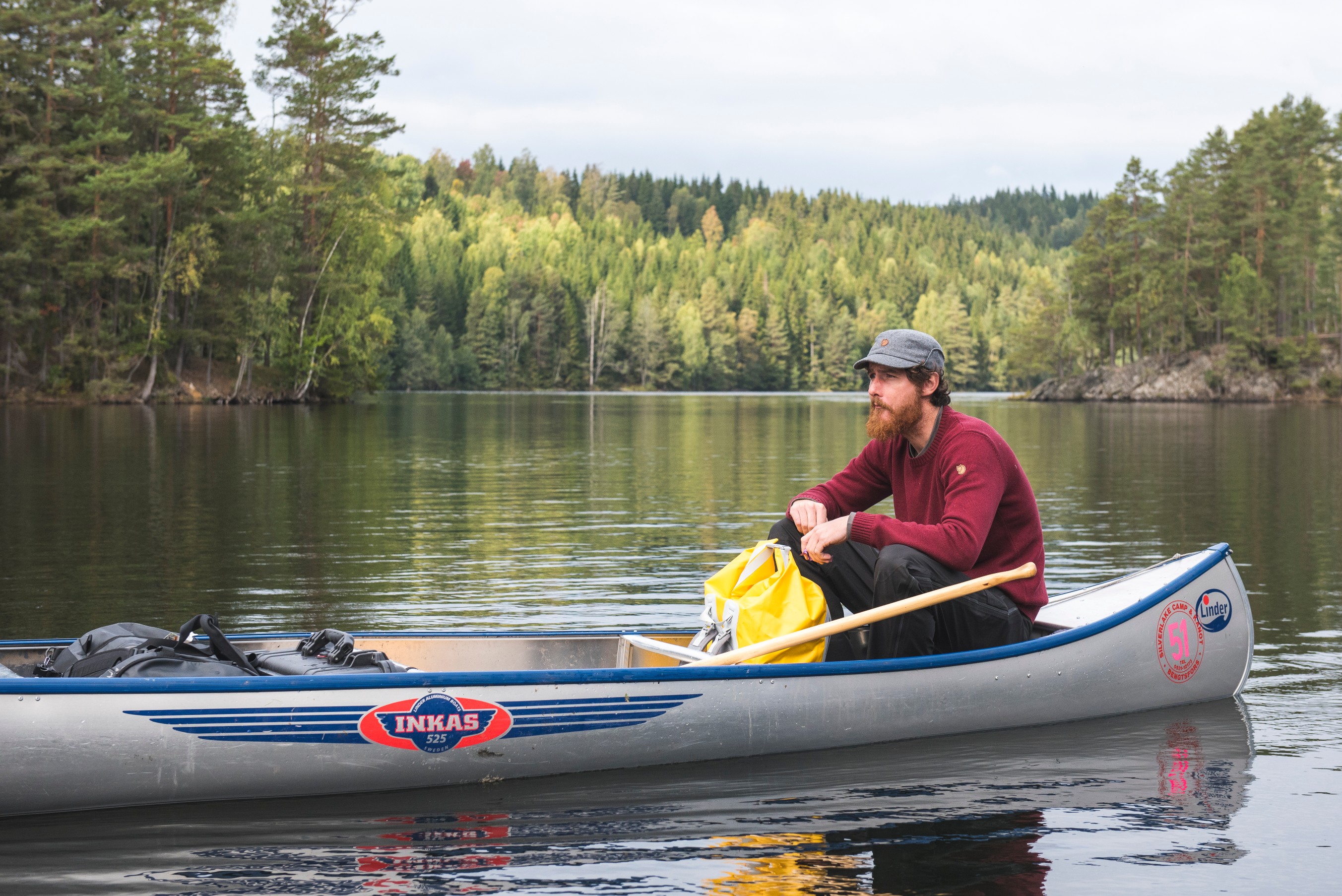
Once the campfire was lit I would realise how unnecessary the imagined hotel was, but during the unexpected hustle of getting out there, I was flustered. I’ve become so used to preparing myself to go outdoors, getting a good nights’ sleep, using a kind of psychological bridge between normal life and outdoor life, that the sudden collapse of that bridge left me daunted.
Here’s the lesson; that bridge doesn’t exist in Sweden. Outdoor life is not a different thing to life. Being outdoors is such an integral part of Swedish culture that perhaps that bridge would seem more like a barrier.
My trepidation was heightened by the fact that this was my first time canoeing. We only had a few hundred yards to paddle into the darkening lake, but almost immediately I realised my canoe was a tool of ancient utility rather than a sporting challenge to be mastered, and as such could be handled by anyone with the slightest sense of balance. I would reach camp without a soaking.
‘Camp’ turned out to be an understatement. In the world of camping, having the most meagre of needs catered for is tantamount to luxury. We landed our canoes and pulled them (unnecessarily far – we were still learning) out of the water. Close by was a substantial pile of well-seasoned firewood. Beyond that a firepit – an old car wheel rim encased in concrete (it was more aesthetic than it sounds). And finally the ‘hut’ we had been promised.
